Latest Posts
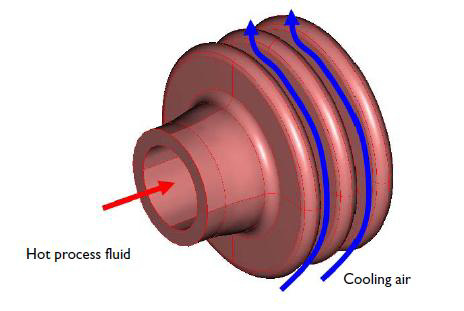
Cooling Flange Performance Analysis
Chemical reaction fluids can be cooled using glass flanges. The reaction fluid is passed through the flange and the air surrounding the flange then serves as the coolant. Engineers looking to optimize the cooling performance of such flanges can look to simulation for help.
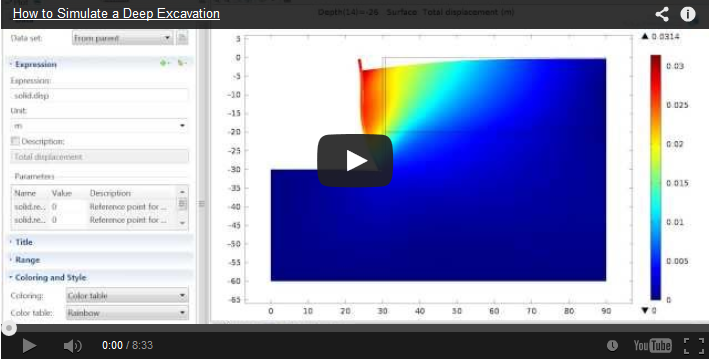
Digging into COMSOL’s Geomechanics Module
I will always remember a Geotechnical Engineering class I took during the pursuit of my Civil Engineering degree. It contained both the high and low points for that academic semester; the lab portion was a lot of fun, learning about (read: playing with) the different soils and clays existing in the state of Georgia. The final project, on the other hand, tasked us with designing a retaining wall to match certain specifications — a tough and lengthy assignment. A retaining […]
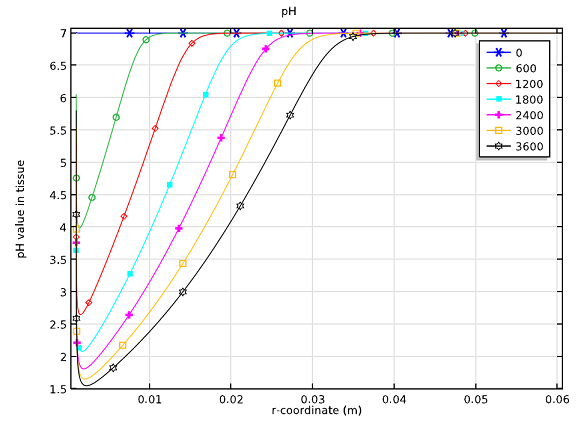
Why Model Electrochemical Applications?
It’s always been hard to place the field of electrochemistry into a more traditional engineering field. Departments and institutions that focus on electrochemical applications can be found within the faculties of Chemical Engineering, Physics, Materials Science, Physical Chemistry, and even Civil Engineering and Electrical Engineering. I believe this is because electrochemistry is heavily involved in applications that are quite varied — and in some ways quite new. Electrochemical applications need to be studied before they can be understood and optimized, […]
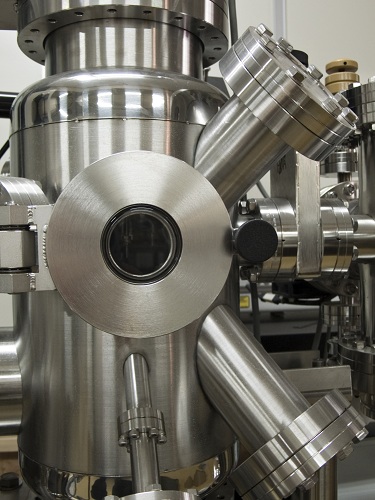
What Is Molecular Flow?
Vacuum is naturally associated with the hostile environment of deep space. To achieve such an environment in an artificial setting here on Earth is a very challenging task, and it turns out one cannot even come close to the low pressures of an interstellar vacuum. It is at these low pressures that molecular flow occurs.
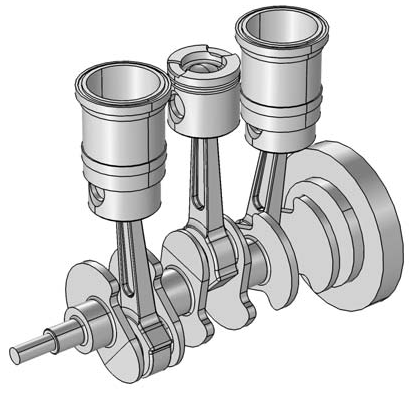
Multibody Dynamics
The dynamic analysis of interconnected bodies or links is called a multibody analysis. These bodies are connected by joints that constrain their relative motion. The simplest element of a multibody system is a single particle, which can be considered using Newton’s laws of motion. Multibody Dynamics has a long and storied background.
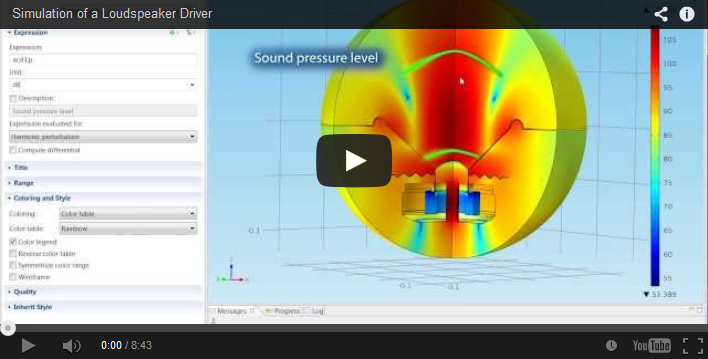
Calling All Audiophiles: Loudspeaker Analysis Video
When given the choice, we’d all prefer our loudspeakers to project perfect sound; having a phone conversation with someone who sounds like a robot caught in a windstorm is less than ideal. The quality of the sound is, naturally, dependent on how well the speaker is designed, and COMSOL Multiphysics is the perfect tool to simulate and optimize loudspeaker designs because of its easy-to-use multiphysics nature. For a loudspeaker analysis to be accurate, you must be able to simulate from […]
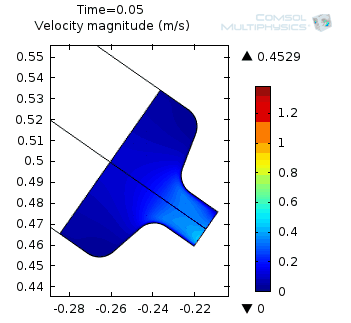
Non-Newtonian Fluids: The Pouring Ketchup Quandary
If you enjoy ketchup with your food, there’s a good chance you’ve experienced what we’ll call here the all-or-nothing ketchup quandary. You know, that moment when you reach for a new glass bottle of ketchup, remove the cap, and turn the bottle practically upside down — and then nothing happens. Intuitively, you shake or tap the bottle, and then suddenly your food is completely coated in ketchup (unless your reflexes are really good, of course). In this blog post, we […]

The Graphene Revolution: Part 3
Everyone’s talking about graphene right now. When was the last time a material received this much attention? Sure, other materials have peaked our interest before, but when something breaks into more mainstream news you know it’s going to be a very big deal.
